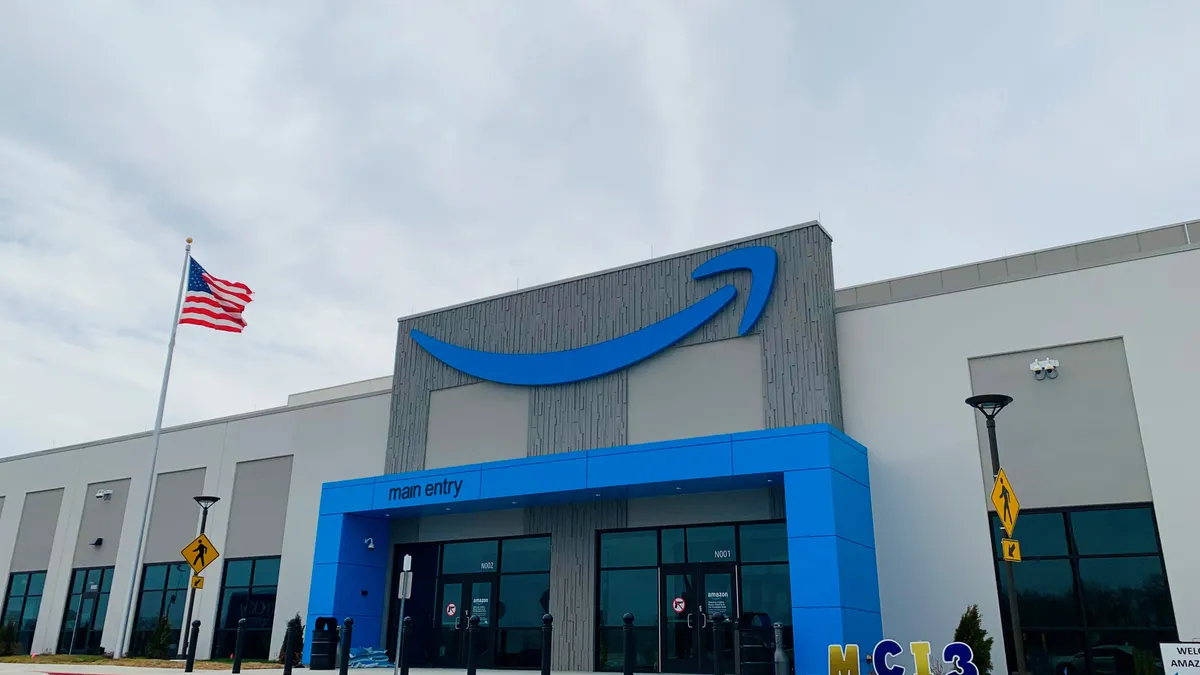Dive Brief:
- Amazon’s shift to a regional fulfillment network exceeded the company’s expectations, making “more impact than we optimistically expected,” President and CEO Andrew Jassy said during a Q3 earnings call.
- The benefits come in many forms, including higher stock levels and improved connectivity between different facilities and delivery stations, resulting in shorter delivery routes and faster delivery speeds, the CEO told analysts.
- “The first substantial rearchitecture centered on the regionalization change,” Jassy said. “We obviously like the results but don't think we fully realize all the benefits yet and we continue to make steady improvements in fine-tuning the placement algorithms to enable even more in-region fulfillment and to further increase consolidation into fewer shipments.”
Dive Insight:
Amazon has sought to right-size its national fulfillment network over the past year after the initial pandemic-driven elevated spike in e-commerce demand leveled off.
And while Amazon is no longer zeroed in on rapidly growing its operations capacity with new real estate, its goal to boost shipping speeds remains the same.
Earlier this year Amazon completed its shift from a single national fulfillment center in the U.S. to eight distinct regions in a bid to slash costs and optimize delivery speeds. Previously, Amazon had to ship a product from across the country if a local center didn’t have the item in stock, which lengthened delivery times.
“Shorter travel distances and fewer touches mean lower cost to serve,” Jassy said. “But perhaps most importantly, shorter distances and fewer touches mean that customers are getting their shipments faster. We remain on pace to deliver the fastest delivery speeds for Prime customers in our 29-year history.”
Amazon has continued to slow down its fulfillment spend and reduce fulfillment complexity and cost, and is focusing on other ways to streamline its operations and boost delivery speed for Prime members.
The push includes optimizing inventory stock levels in the company's regional network using placement algorithms, which is helping drive cost cuts, the CEO said. Jassy also noted that Amazon shifted many of its fulfillment and sortation center connections to instead be more direct connections between fulfillment centers and delivery stations, which is “easier to do when you have more local in-stock in a region.”














